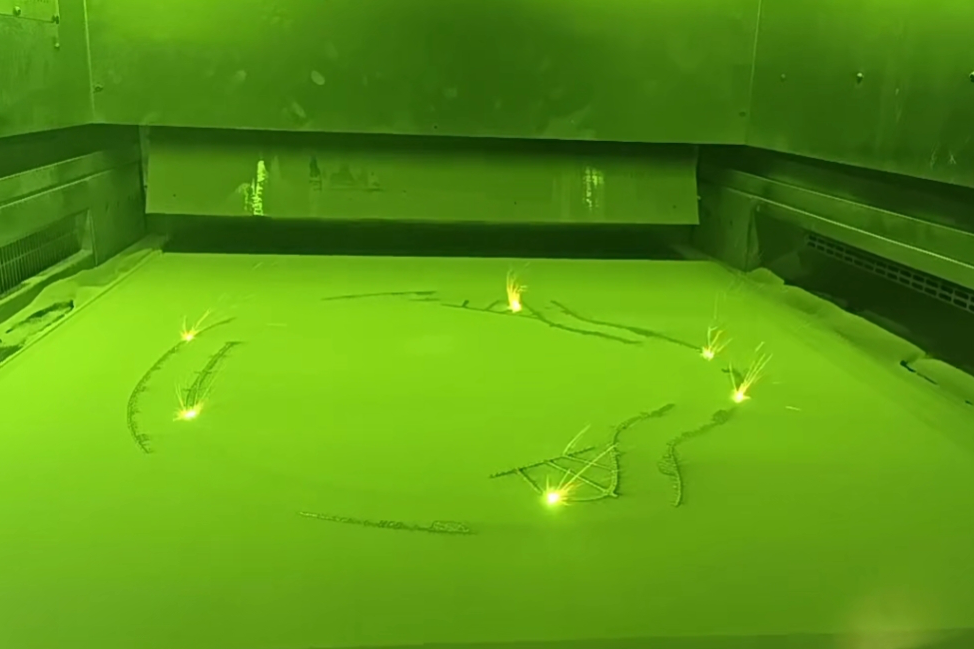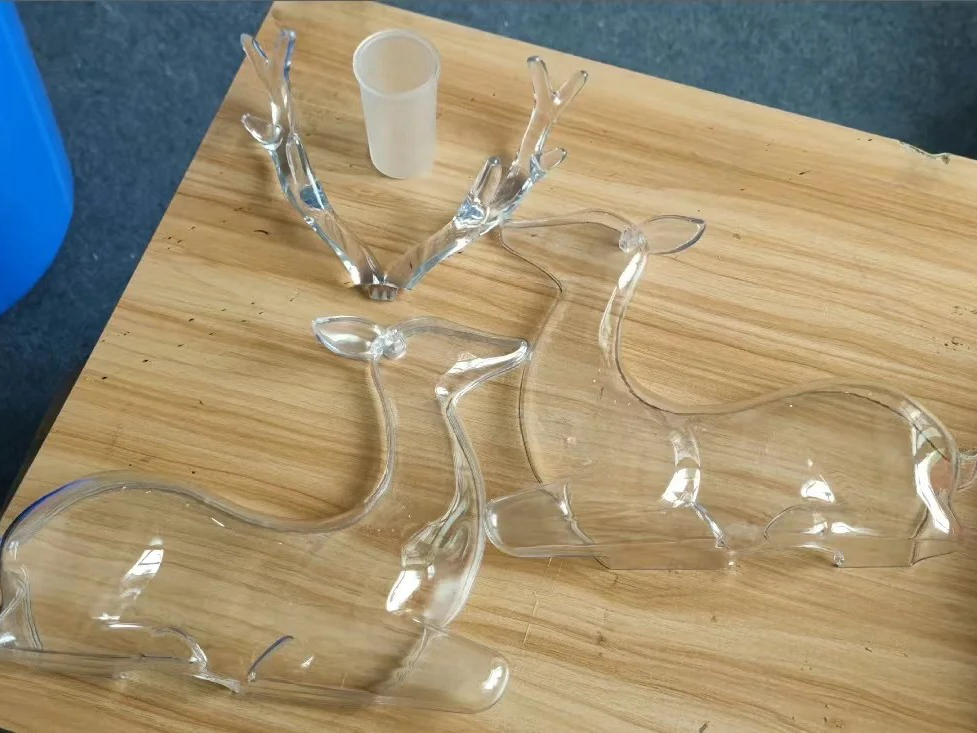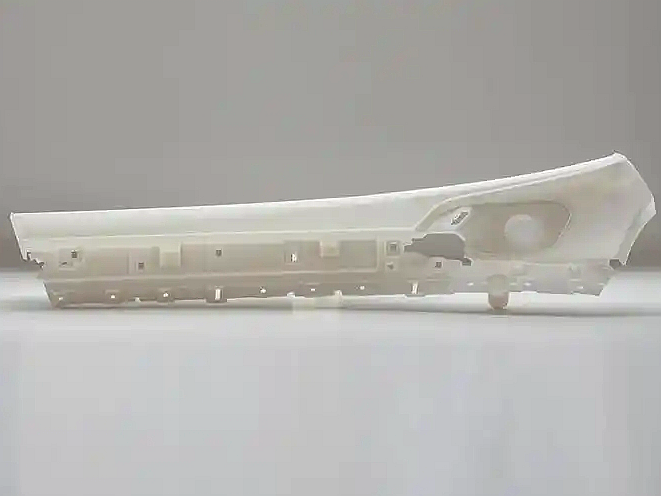Transparent Resins
Introduction to Transparent Resins for 3D Printing
Transparent resins are photopolymer materials formulated to deliver optical clarity, fine detail, and high dimensional accuracy. These resins are used for light guides, fluidic devices, lenses, visualization models, and prototyping optical components requiring polished, translucent or near-clear surfaces.
Stereolithography (SLA) and Digital Light Processing (DLP) are the preferred processes for transparent resins, enabling ±0.05 mm accuracy and smooth finishes for high-end prototyping or functional visual applications.
International Equivalent Grades of Transparent Resin
Grade Type | Resin Code | Application Examples |
|---|---|---|
Clear Resin | CLR-Standard | Light pipes, casings, mock lenses |
Medical Transparent | CLR-Med ISO | Surgical models, fluid chambers |
ISO Standard | ISO 527 | Transparent photopolymer testing |
ASTM Standard | D1003 | Haze and light transmission |
Comprehensive Properties of Transparent Resins
Property Category | Property | Value |
|---|---|---|
Physical | Density | 1.10–1.15 g/cm³ |
UV Curing Wavelength | 405 nm | |
Mechanical | Tensile Strength | 55–65 MPa |
Elastic Modulus | 2,300–2,700 MPa | |
Elongation at Break | 5–10% | |
Optical | Light Transmittance | 85–91% (post-processed) |
Haze (ASTM D1003) | <5% (post-polished) |
Suitable 3D Printing Processes for Transparent Resins
Process | Typical Density Achieved | Surface Roughness (Ra) | Dimensional Accuracy | Application Highlights |
|---|---|---|---|---|
≥99% | 2–4 µm | ±0.05 mm | Best for light pipes, microfluidic devices, and aesthetic visual models | |
≥99% | 3–6 µm | ±0.05 mm | Ideal for small optical components, clear enclosures, and medical visualizations |
Selection Criteria for Transparent Resin 3D Printing
Optical Clarity Needs: Choose transparent resin when visual inspection, light transmission, or fluid flow visibility is required.
Post-Polishing Potential: These resins support sanding and polishing to achieve near-glass optical finish for lenses and light diffusers.
Mechanical Performance: While rigid and visually clear, transparent resins are not impact-rated; avoid dynamic load applications.
UV Aging Considerations: Apply clear UV-resistant coatings if used outdoors or under prolonged light exposure.
Essential Post-Processing Methods for Transparent Resin Parts
UV Curing: Cure under 405 nm UV light for 20–60 minutes to ensure full polymerization and optical property stabilization.
IPA Cleaning and Drying: Clean thoroughly in IPA or ethanol to remove uncured resin prior to polishing or coating.
Sanding and Polishing: Wet sand up to 2,000 grit followed by polishing compounds for high-transmittance optical surfaces.
Clear Coating: Acrylic or UV-stable coatings enhance gloss, light transmission, and protect from yellowing or haze.
Challenges and Solutions in Transparent Resin 3D Printing
Surface Haze: Use fine sanding and clear coating to restore clarity lost during print or UV curing.
Shrinkage During Post-Cure: Orient parts to minimize stress concentration; follow recommended cure times and use slow ramp-up heating if thermally cured.
UV Stability: Resins without UV inhibitors may yellow—use coatings or indoor application to extend optical quality over time.
Applications and Industry Case Studies
Transparent resin is widely used in:
Optics & Lighting: Light diffusers, lens housings, and fiber-optic interface parts.
Medical Devices: Transparent surgical models, fluid reservoirs, and visualization aids.
Consumer Products: Product prototypes, display parts, watch casings, and cosmetic enclosures.
Microfluidics & Labware: Channels, mixers, and biomedical transparency models.
Case Study: A biomedical firm printed clear microfluidic chambers using SLA transparent resin. After polishing, devices achieved >88% transmittance and ±0.05 mm accuracy across internal channel structures.
Frequently Asked Questions (FAQs)
How transparent can SLA or DLP resin parts become after polishing?
Can transparent resin be used for optical lenses or light pipes?
What are the best post-processing steps to achieve glass-like clarity?
Does transparent resin yellow over time with UV exposure?
What industries use transparent resin for visual or diagnostic prototypes?



